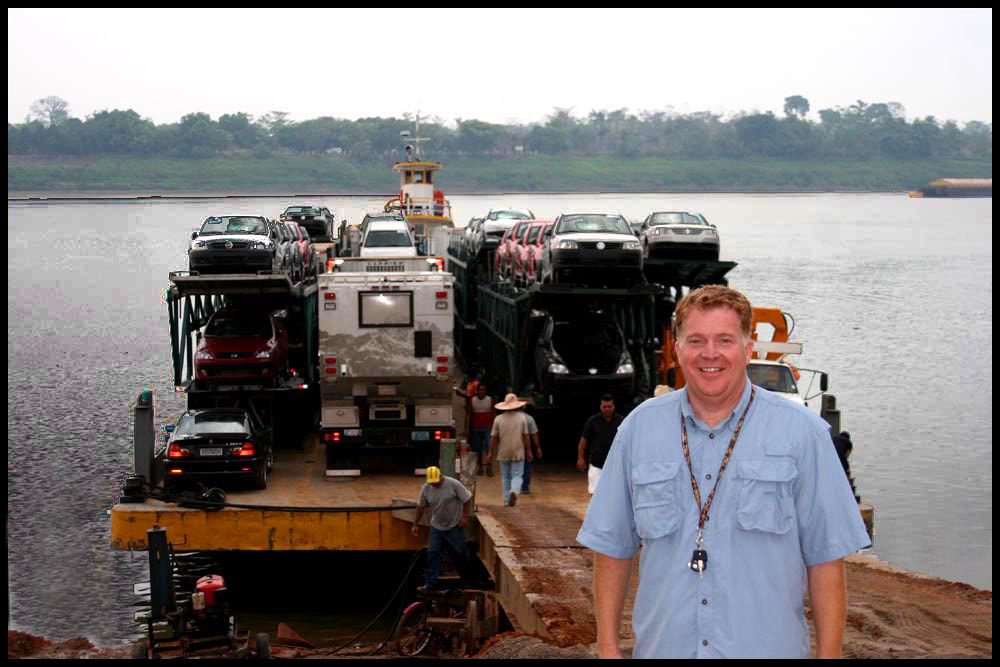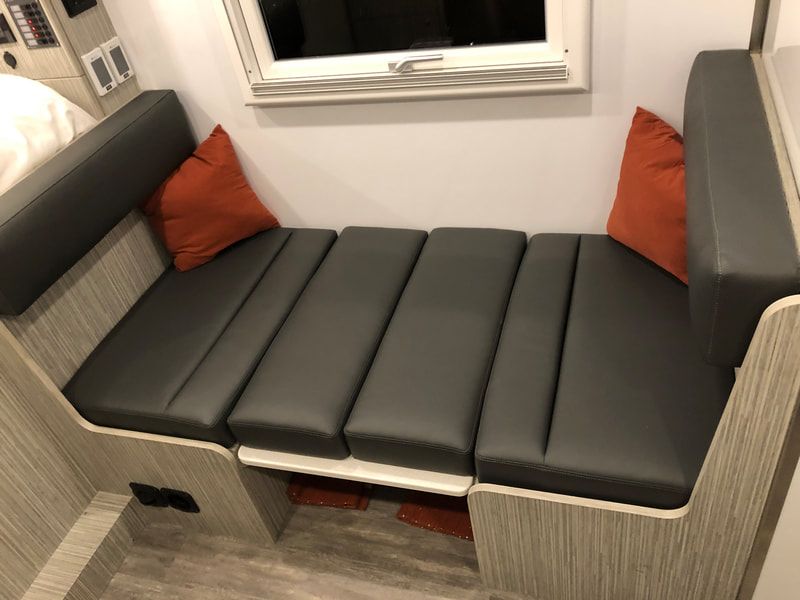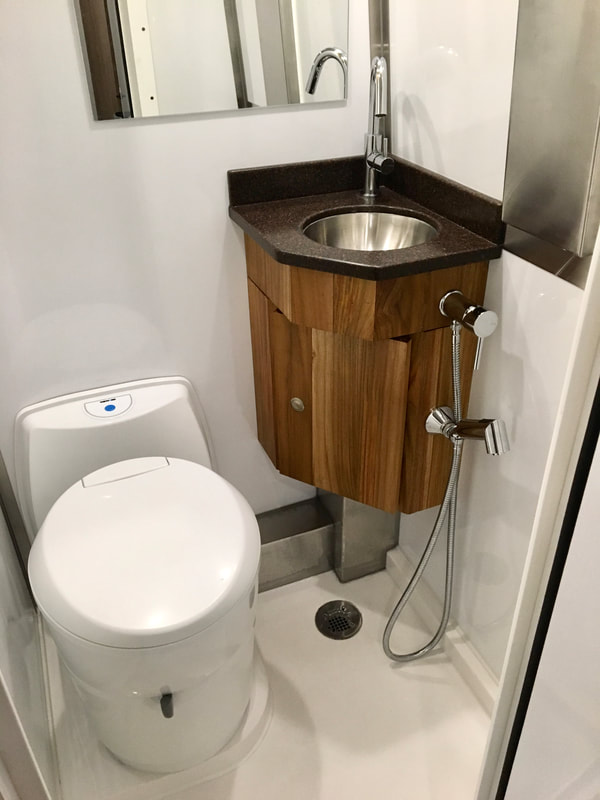Photos courtesy of Global Expedition Vehicles
When it comes to designing an expedition vehicle that can traverse continents, having experience behind the wheel in a variety of locations is indispensable. Founder of Global Expedition Vehicles (GEV) Michael Van Pelt understands this well. He’s been refining his expedition vehicle designs since the 1980s in an effort to create the ultimate adventure platform.
Michael’s original inspiration came from a Unimog he saw in an issue of National Geographic. It was effortlessly climbing over sand dunes, something he realized his pickup truck couldn’t accomplish. When he saw the capability of this large truck combined with the comfort of its attached habitat, he knew he wanted to create one of his own.

He took his first expedition vehicle out on the road in 2006 for a shakedown trip, and since then, he’s been refining his designs. GEV now offers seven different models of expedition vehicles on its website. Today, we’ll be focusing on just one, the most nimble (and modestly priced offering), the Turtle expedition truck.
Global Expedition Vehicles Turtle Truck Basics
The Turtle is an expedition truck camper built on either the Dodge Ram 5500 or Ford F-550 chassis. The habitat of this adventure vehicle is constructed from SCS (structural composite sandwich) panels comprised of closed-cell foam insulation bonded to fiberglass-reinforced polyester.

The standard Turtle expedition truck measures 13 feet, 3 inches long, and 92 inches wide, but if you are looking for a little bit of extra space, the Turtle XL offers an additional foot of space, measuring in at 14 feet, 3 inches.
The Turtle’s square habitat offers maximum usable storage space and results in a straightforward interior layout consisting of a galley, dining booth/sofa lounge, wet bath, and dedicated bed. The primary sleeping area located in the rear of the Turtle offers a full-sized bed (queen-sized if you go with the Turtle XL). The dinette can be converted into a bed for additional guests.
Additional options that can be added to the vehicle’s interior include an upgraded drawer-style refrigerator and freezer, a Webasto diesel cooktop, extra cabinets, a bunk bed, and leather/custom dinette cushions.
Turtle Systems and Utilities
The Turtle comes standard with a 400 amp-hour lithium battery and three roof-mounted 200-watt solar panels that power two electrical systems: 120-volt and 12-volt. Global Expedition Vehicles utilize high-quality marine-grade components from Mastervolt, including the lithium battery, a 3,000-watt inverter, and an Easyview systems management and monitoring system.
For heating, ventilation, and air conditioning, the Turtle comes standard with a Webasto dual-top diesel air furnace and water heater. There is also a remote-controlled exhaust fan and a roof-mounted 12,000 BTU air conditioner.

The truck comes outfitted with a generous 90-gallon insulated fresh water tank, a variable speed water pump rated at 4.5 gallons per minute, and an 18-gallon grey water tank. All plumbing for the water systems utilizes PEX, installed within the cabin envelope to prevent damage from freezing temperatures.



As far as additional options and upgrades, there are many available. Some highlights include a microbiological water purifier, a Webasto Thermo-90 hydronic heating system, and an additional inverter that delivers 230-volt power. You can find more details regarding upgrades on the Turtle Expedition Vehicle description page.

The Turtle expedition truck starts at $350,000. Learn more on the Global Expedition Vehicles website.
Our No Compromise Clause: We carefully screen all contributors to make sure they are independent and impartial. We never have and never will accept advertorial, and we do not allow advertising to influence our product or destination reviews.


